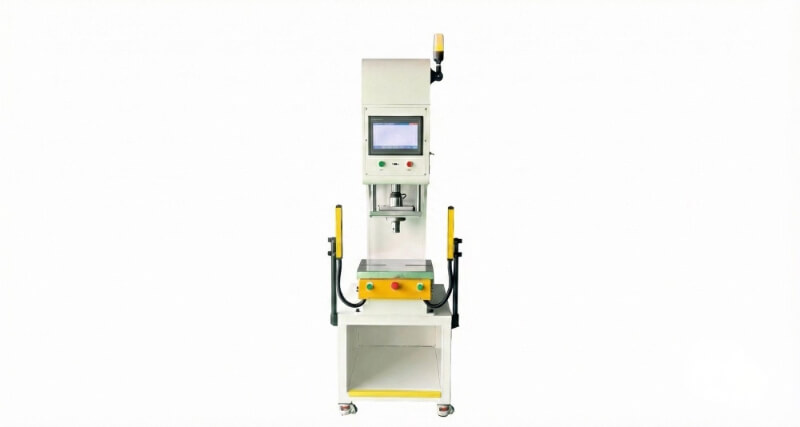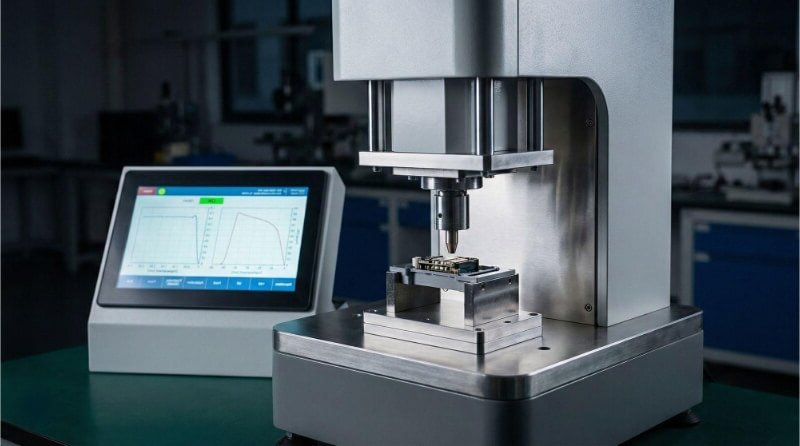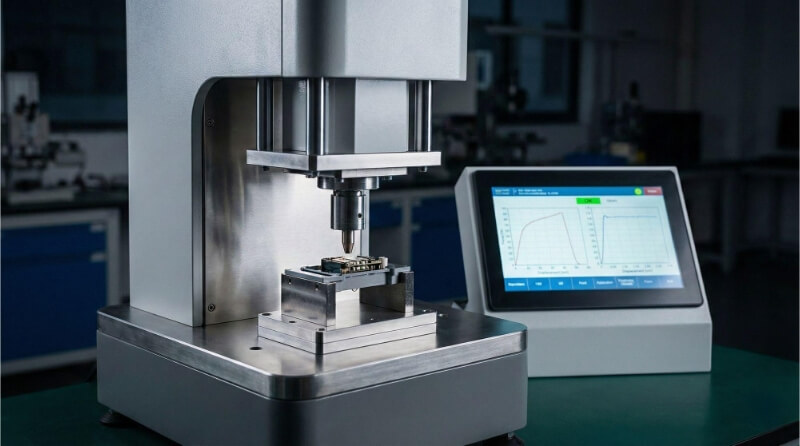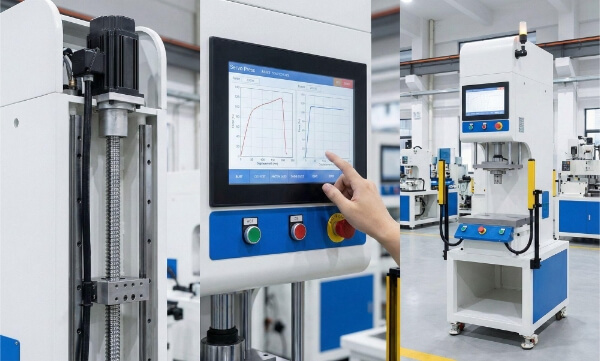Manufacturers often face problems with complex parts. Many need tighter tolerances and faster lead times. Standard lathes cannot handle every shape or angle. If you need complex parts made fast, 5-axis lathes could be the answer. These machines cut materials from multiple angles in one setup, saving time and reducing errors.
Many shops are switching to 5-axis lathes for better results. Curious how these machines work and what they can do? This guide will help you get started.
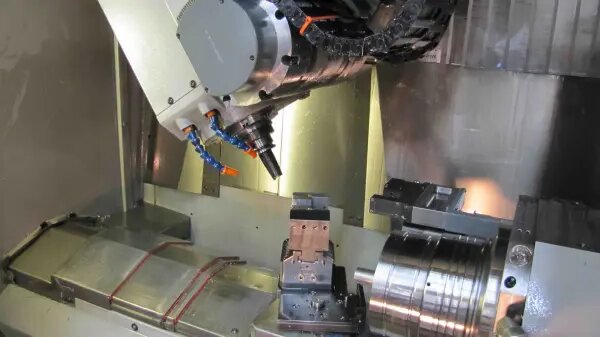
What Is a 5 Axis Lathe?
A 5 axis lathe is a CNC machine that rotates and moves the cutting tool along five axes. These include the usual X, Y, and Z linear axes, plus two rotary axes, often labeled as A and B or B and C. This setup allows the tool to approach the part from almost any angle.
The machine can turn the part and mill complex features without taking it out of the chuck. This reduces errors from repositioning and improves overall accuracy. It’s a big step up from 3-axis or even 4-axis setups, where multiple operations and fixtures are often needed.
In short, it combines turning and milling functions into one machine. This is why it’s often used for parts with curves, undercuts, or features on multiple sides.
Evolution of Multi-Axis Machining Technology
The shift from manual lathes to multi-axis CNC machines happened over decades. Early CNC machines used 2 or 3 axes and needed multiple setups for complex parts. These setups slowed production and increased errors.
As demand for tighter tolerances and faster production grew, manufacturers developed 4-axis and 5-axis systems. These machines allowed more freedom of movement and reduced manual labor.
Today, 5 axis lathes are more available and affordable than ever. They’re used in many industries—from aerospace to medical devices—where precision and efficiency are critical.
Working Principle of a 5 Axis Lathe
5 axis lathes combine turning and milling. They move the tool or part along five controlled paths to create complex geometries.
Understanding Rotational and Linear Axes
A 5 axis lathe moves in three linear directions—X, Y, and Z. These are the same as most basic machines.
- The X-axis moves the tool side to side.
- The Y-axis moves it forward and backward.
- The Z-axis moves it up and down.
In addition to these, it rotates around two axes—the A, B, or C axes, depending on the setup. These rotations allow the tool or part to tilt and turn, which means the tool can reach angles that are impossible with a 3-axis machine.
This extra freedom lets the machine cut features on all sides of a part without repositioning it.
Simultaneous vs. Indexed 5-Axis Machining
There are two ways a 5-axis machine can operate: simultaneous and indexed.
Simultaneous 5-axis machining moves all five axes simultaneously. This is used for very complex shapes, like turbine blades or medical implants. It allows smooth curves and detailed features to be cut in one pass.
Indexed 5-axis machining moves the part into a fixed position first, then cuts with 3-axis movement. It’s simpler but still reduces setups. This is useful for parts that need cuts from multiple angles, but not all at once.
Both methods improve efficiency. The choice depends on how complex the part is.
How does the Machine move during Operations?
During machining, the tool or the part rotates and shifts based on the programmed path. The lathe may spin the workpiece while the milling head tilts and cuts at different angles.
For example, the spindle can rotate a part while the turret mills features on the side. The rotary axes tilt the tool to cut angled surfaces. The controller keeps all movements in sync.
This coordination allows a 5 axis lathe to create parts with curves, slopes, and holes at odd angles—all in one setup.
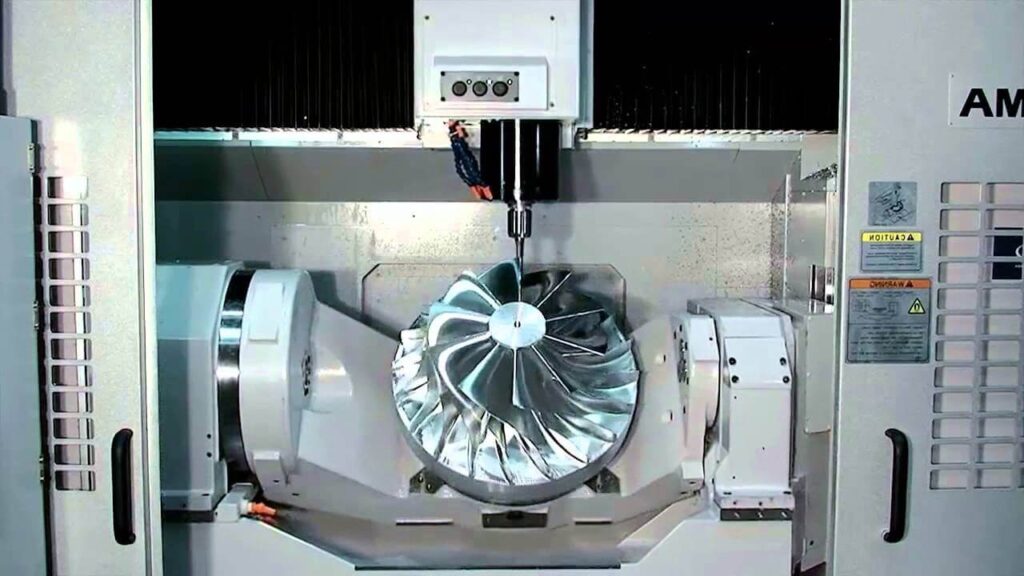
Setup and Operation Workflow
Running a 5-axis lathe takes planning, setup, and careful control. Each step affects part accuracy and machining speed.
Preparing the Workpiece and Tools
Start by choosing the right raw material. The blank should be large enough for machining, but not too oversized. Secure it in the chuck or fixture with a firm grip. Poor clamping can cause vibration or movement.
Next, select tools for both turning and milling. Use tool holders that match the machine’s spindle and turret. Double-check tool lengths and insert conditions. Worn tools reduce precision and raise the chance of failure during cutting.
Set tool offsets accurately. Incorrect offsets can lead to collisions or scrap parts.
Programming with CAM Software
Create the toolpath using CAM (Computer-Aided Manufacturing) software. The software translates your part design into precise instructions for the machine.
For 5-axis work, tool orientation must match the part surface at every point. This requires setting axis rotation angles and feed rates correctly.
The CAM software also defines tool changes, spindle speeds, and coolant usage. This step is critical for complex parts. Any mistake here can cause poor results or crashes.
Toolpath Simulation and Collision Avoidance
Before sending the code to the machine, run a full simulation using the CAM software. This shows how the tool moves and whether it might hit anything.
Watch for problems like:
- Tool holder collisions with the part or machine body
- Rapid movements that exceed limits
- Missed features due to bad orientation
Adjust the toolpath or machine limits as needed. Good simulation helps you catch issues early, before they cause downtime or part failure.
Monitoring and Real-Time Adjustments
Once the program is running, monitor the operation closely. Check for unusual sounds, tool deflection, or poor surface finishes. These may signal tool wear or programming errors.
Many machines now have sensors that check loads, temperatures, and spindle vibration. This data can be used to fine-tune speeds or feeds.
If the job runs in high volume, review the first few parts before continuing. Make small changes in real time to improve accuracy or speed. Keeping the process stable during the first run helps reduce problems in future batches.
Benefits of Using a 5 Axis Lathe
5-axis lathes offer clear advantages in precision, speed, and flexibility. These benefits help shops stay competitive and meet tighter production demands.
Improved Accuracy and Surface Finish
Since the part stays in one setup, there’s less chance for errors caused by repositioning. The tool can reach multiple surfaces in one go, improving alignment and keeping tolerances tight. Also, smooth tool movements from five axes create better surface finishes.
Reduced Setup Time and Manual Repositioning
Traditional machines often need several setups to reach all sides of a part. Each reposition adds time and increases the chance of mistakes. A 5-axis lathe reduces or removes these extra steps. It machines complex features in one pass.
Greater Part Complexity with Fewer Operations
Curved surfaces, deep pockets, and odd angles are hard to machine with standard tools. But a 5-axis lathe can handle these with ease. You can design parts with more advanced shapes—without splitting them into separate steps.
Lower Production Costs Over Time
While 5-axis machines cost more upfront, they save money in the long term. Fewer setups mean fewer fixtures and less manual labor. Faster cycles and better yields reduce scrap rates. And high repeatability lowers inspection and rework costs.
Challenges and Limitations
Even with many benefits, 5 axis lathes come with challenges. Shops must plan carefully before adding one to their workflow.
High Initial Investment Cost
5-axis lathes are more expensive than standard machines. The cost includes the machine itself, advanced controls, and setup tools. Some models also need custom fixtures and accessories, which can be challenging for small shops or startups with limited budgets.
Skilled Operator Requirement
Operating a 5-axis lathe is not simple. It requires experience with CNC programming, machine setup, and part inspection. Not every machinist has this skill set, and finding and training qualified staff takes time and money.
Software and Programming Complexity
Programming for 5-axis machining is more difficult than for 3-axis. CAM software must handle tool tilt, rotation, and multi-angle paths. Small mistakes in angles or tool length can cause a crash. The software is more expensive and needs a fast computer to run simulations.
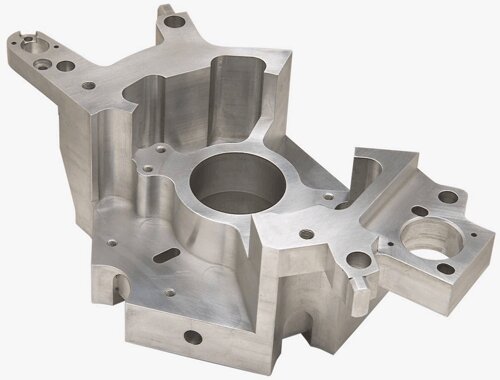
Applications Across Industries
5 axis lathes are used across many sectors. These machines help make parts that need tight tolerances and smooth finishes in fewer steps.
Aerospace
Aerospace parts often have curved surfaces, complex contours, and tight fits. 5-axis lathes can machine turbine blades, housings, and structural components without moving the part between setups. This reduces errors and ensures better balance and strength.
Medical
Medical parts are small, detailed, and often made from tough materials like stainless steel or titanium. A 5-axis lathe can cut bone screws, surgical tools, and implants with high accuracy.
Automotive
Automotive suppliers use 5-axis lathes for engine parts, transmission components, and suspension. These parts often require machining from multiple angles. With fewer setups, shops can reduce lead times and meet high-volume production needs.
Defense and Energy
In defense and energy, components often face harsh environments. Parts must be strong, precise, and reliable. Examples include missile parts, fuel system components, and connectors. 5-axis lathes handle exotic materials and produce complex shapes that meet strict quality standards.
Comparing 5 Axis Lathes with Other CNC Machines
Understanding how 5-axis lathes stack up against other machines helps you decide what fits your workflow best.
3-Axis Milling vs. 5-Axis Turning
3-axis milling uses linear X, Y, and Z movements to cut a fixed workpiece. It’s suitable for flat parts, slots, and simple contours. But it struggles with angled features or parts with complex geometry.
5-axis turning combines milling and turning. It adds two rotary axes, letting the tool or part tilt during cutting. This allows access to more sides of the part in one setup.
3-axis mills may need fixtures, multiple machines, or extra setups to handle more work than a 5-axis lathe can in one run.
When to Choose Multi-Axis Machining?
Choose 5-axis machining when:
- Parts have features on multiple sides
- You need a high surface finish and precision
- Repositioning would add risk or time
- The geometry includes undercuts or curves
- Production speed and repeatability matter
For simple, flat parts or low budgets, 3-axis machines still work well. However, when the part gets more complex, a 5-axis lathe saves time, boosts quality, and reduces cost per piece.
Tips for Selecting the Right 5-Axis Lathe
Choosing the right machine depends on the type of parts you make and your current setup. Here are key factors to guide your decision.
Consider Part Geometry and Size
Start by examining your parts’ shapes and sizes. If your parts need cuts on multiple sides, deep cavities, or angled holes, a 5-axis lathe may be the right fit.
Check the maximum turning diameter and milling reach. The machine must be able to handle your largest parts without hitting axis limits.
Also, avoid overbuying. A compact 5-axis model may be more cost-effective if most parts are small and simple.
Evaluate Tolerance and Surface Requirements
Some jobs demand tight tolerances and smooth finishes. A high-precision 5-axis lathe can help you meet these specs in fewer setups.
Check the machine’s repeatability rating. If your work requires it, look for options like high-speed spindles, thermal control, and tool monitoring systems.
The better the machine control and stability, the easier it is to hit your accuracy goals.
Assess Shop Floor Capability and Operator Skill
5-axis machines need space, power, and clean environments. Ensure your shop has room for installation, tool carts, and coolant systems.
Also, review your team’s experience if operators are new to 5-axis machining, and plan for training. Some machines have user-friendly interfaces, but CAM software requires knowledge and care.
The learning curve can slow production and raise costs if your team isn’t ready.
Conclusion
A 5-axis lathe combines turning and milling to create complex parts in fewer setups. It moves along five axes to cut features at different angles with high accuracy, reducing manual repositioning, shortening production time, and improving surface finish.
Looking for a reliable machining partner with 5-axis capabilities? Send us your part drawings or project details — our engineers are ready to help.
Hey, I'm Kevin Lee

For the past 10 years, I’ve been immersed in various forms of sheet metal fabrication, sharing cool insights here from my experiences across diverse workshops.
Get in touch

Kevin Lee
I have over ten years of professional experience in sheet metal fabrication, specializing in laser cutting, bending, welding, and surface treatment techniques. As the Technical Director at Shengen, I am committed to solving complex manufacturing challenges and driving innovation and quality in each project.

